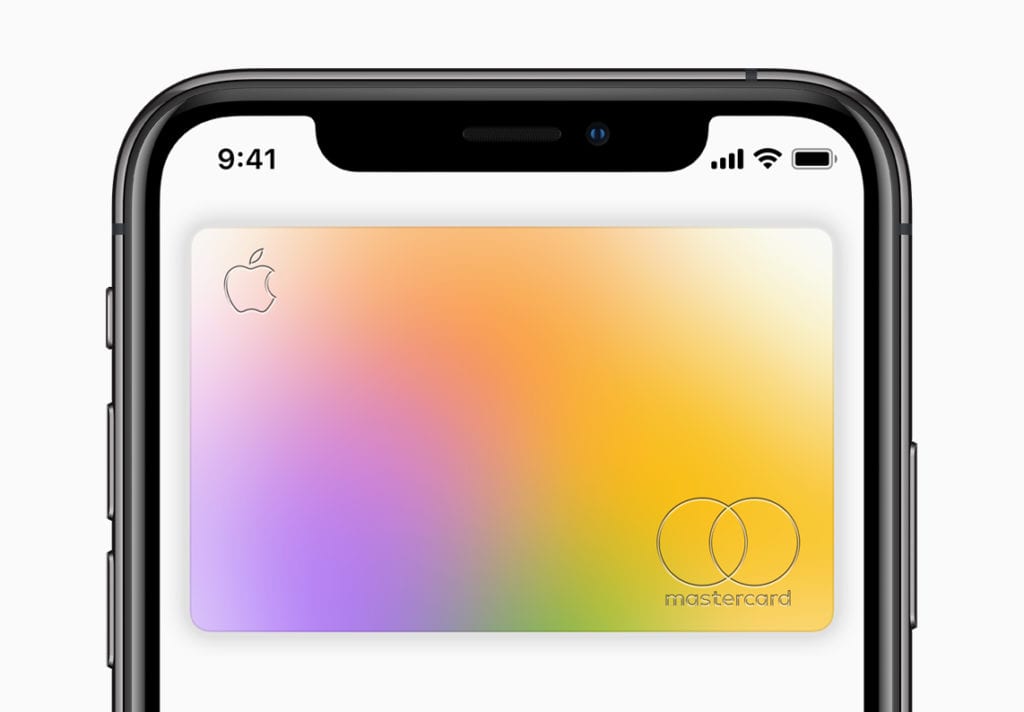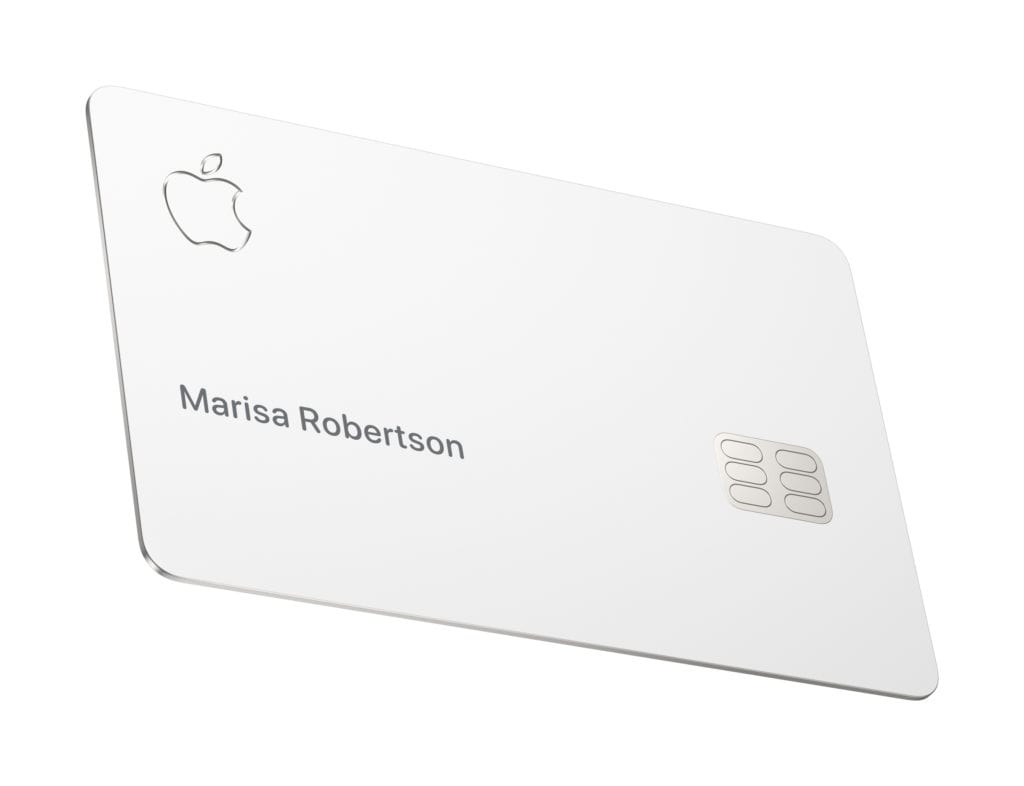
“The Apple Card number is stored on the iPhone’s Secure Element, and purchases made with the virtual card are authorized biometrically through either Face ID or Touch ID.”
Apple has officially launched its new credit card, the Apple Card, in the US. Virtual versions of the card will be hitting users’ digital Apple Wallets today, while the physical, titanium version of the card can now start making its way into actual wallets.

First announced this past spring, Apple’s foray into credit card services is notable for its unusual approach, which appears to be based primarily on getting Apple customers to use Apple Pay and related Apple services, rather than trying to extract the greatest amount of interest from end users. The mobile app is designed to dynamically illustrate the interest costs on different payment amounts, encouraging users to pay their bills wisely, rather than nudging them to simply make the minimum payment; and the virtual Apple Card offers two percent cash back for every purchase and three percent cash back on purchases with Apple (such as through the App Store or iTunes), whereas the physical Apple Card offers one percent cash back on purchases.
What’s more, there are no fees associated with the card, again underscoring Apple’s interest in simply encouraging the use of the credit card, rather seeing the card itself as a revenue driver.
But the Apple Card is also noteworthy in another way: It has a strong focus on privacy and security. The Apple Card number is stored on the iPhone’s Secure Element, and purchases made with the virtual card are authorized biometrically through either Face ID or Touch ID. Apple says that information about where the user has shopped or what they bought is not transmitted to Apple itself, but only to its issuing partner, Goldman Sachs.
The Apple Card’s use of biometric authentication in particular arrives at a time when numerous players in the payment cards industry are looking to this kind of technology to make more traditional payment cards more secure. And while the physical Apple Card does not itself feature a fingerprint sensor or other biometric capability, Apple’s use of biometric authentication for the virtual card may help to encourage new security expectations among consumers, which may help to pave the way for the fingerprint-scanning payment cards that are currently approaching mass commercialization.
Apple Card is available to users of the iPhone 6 model or later, and can be accessed through the Apple Wallet app.

Follow Us